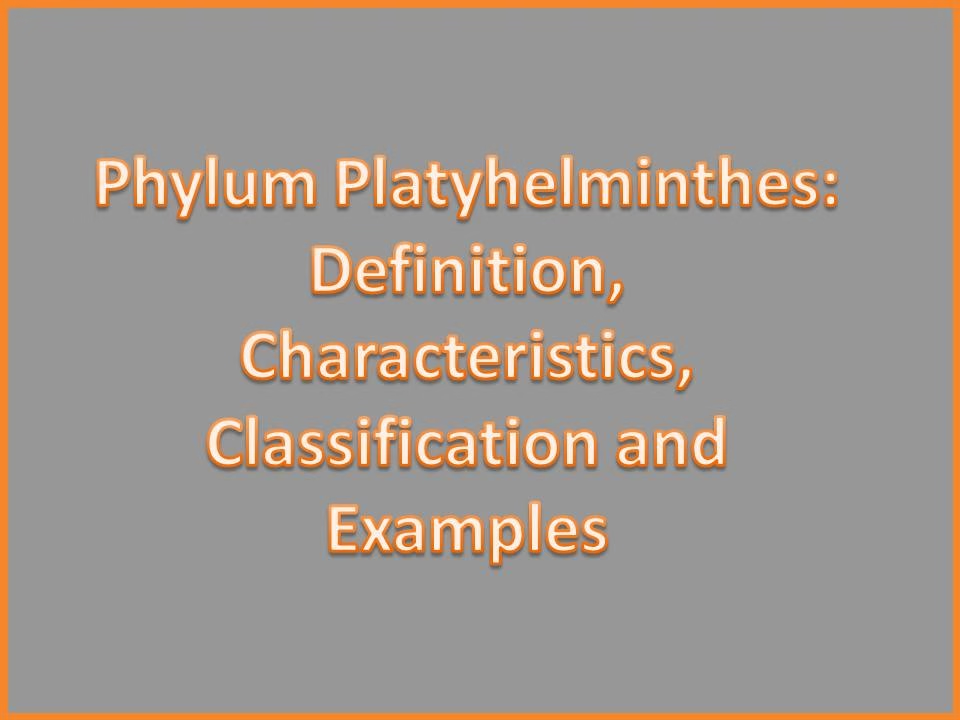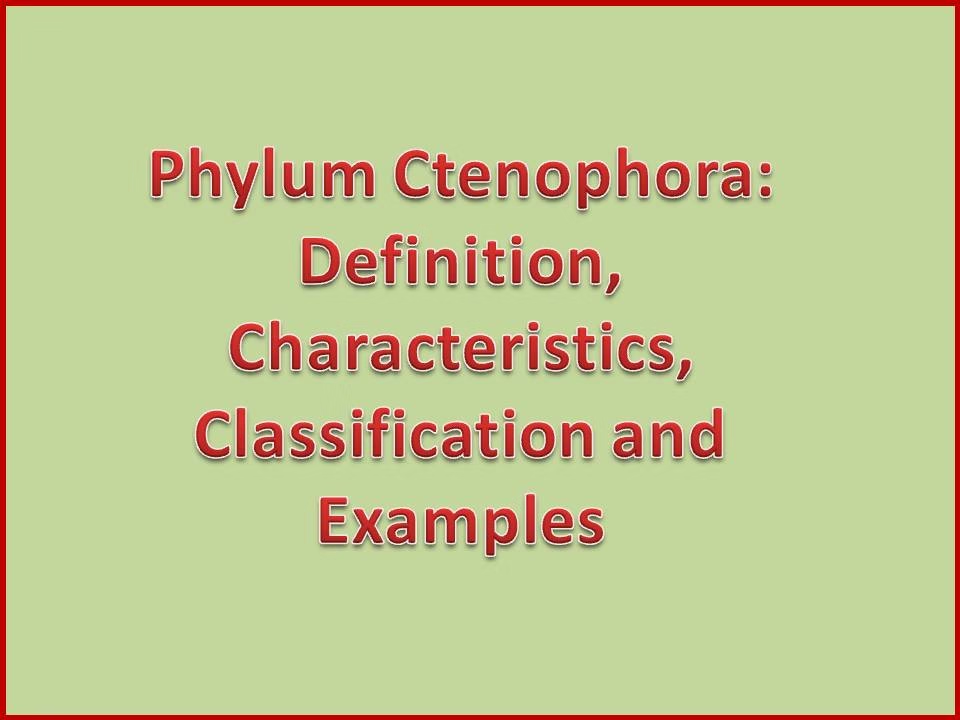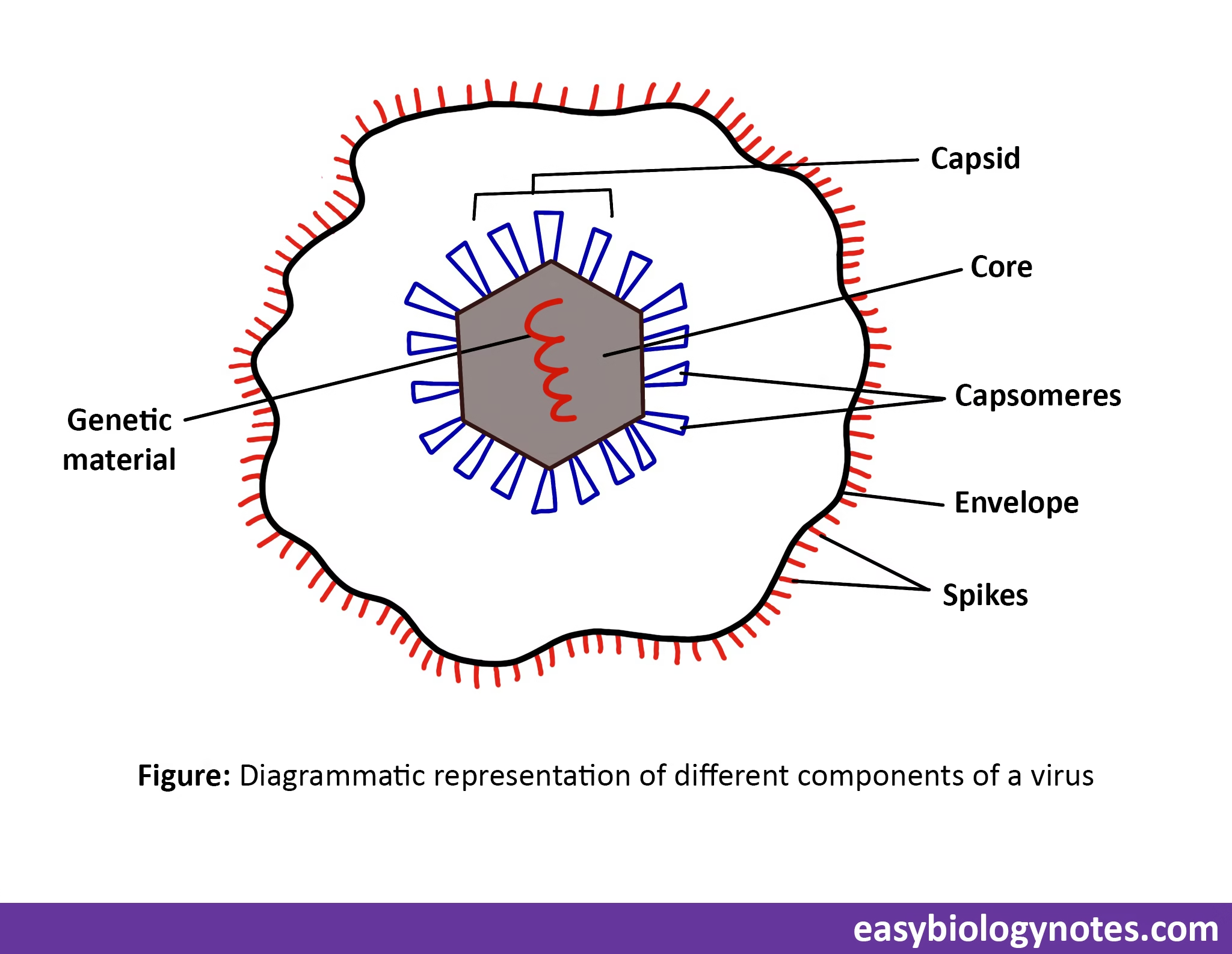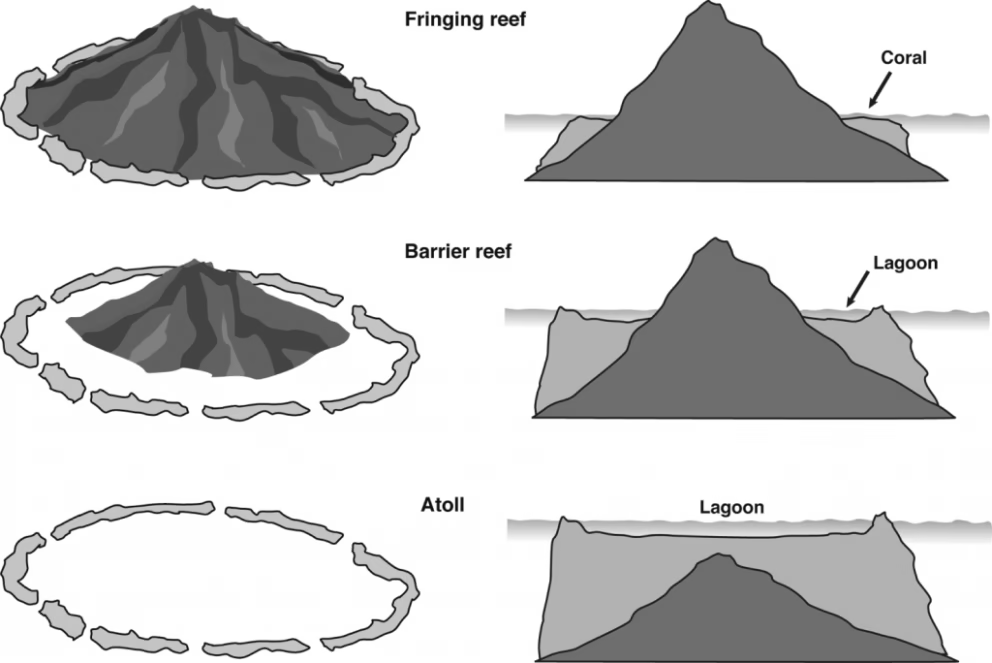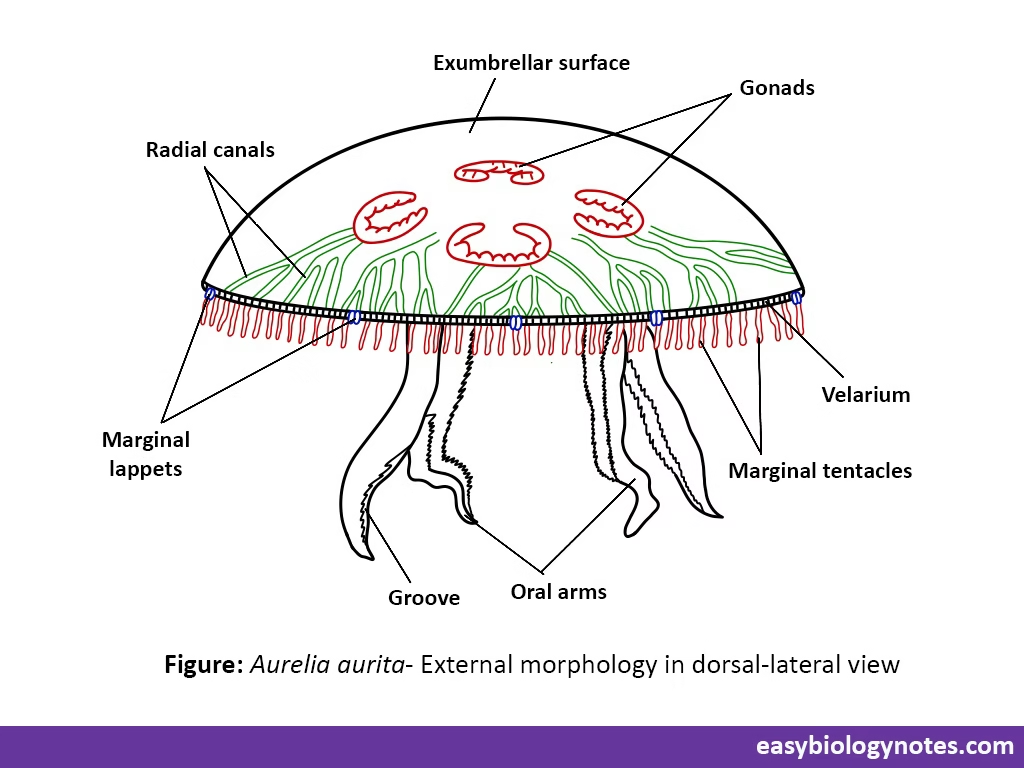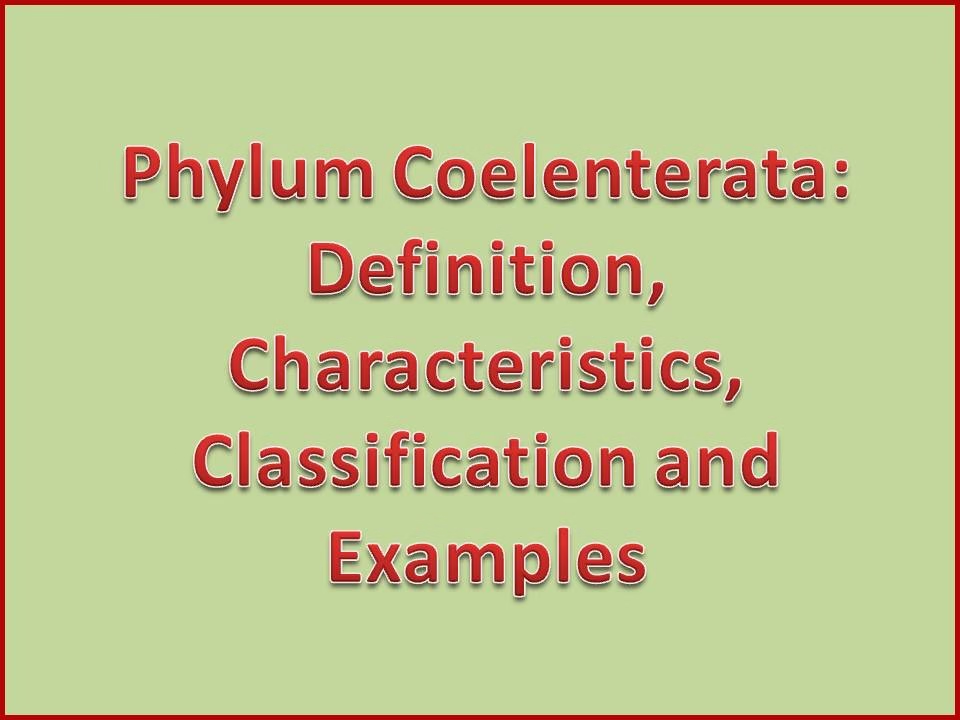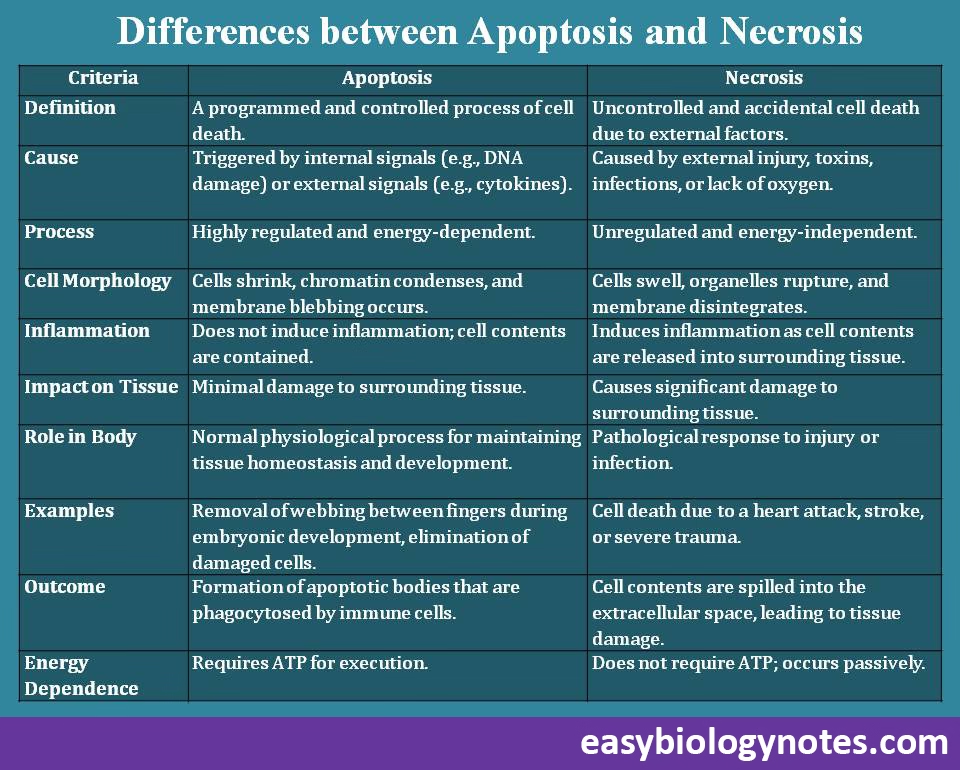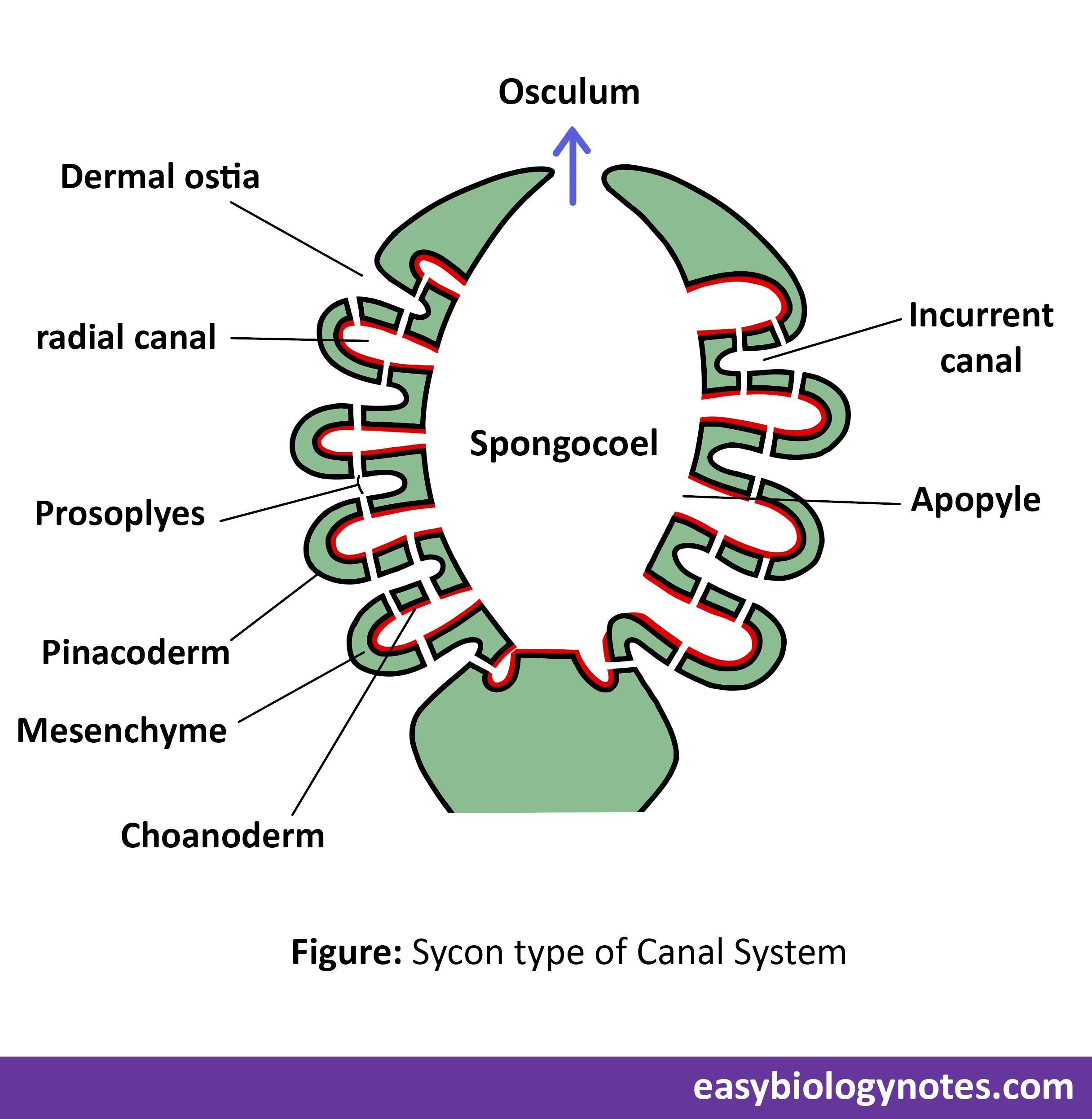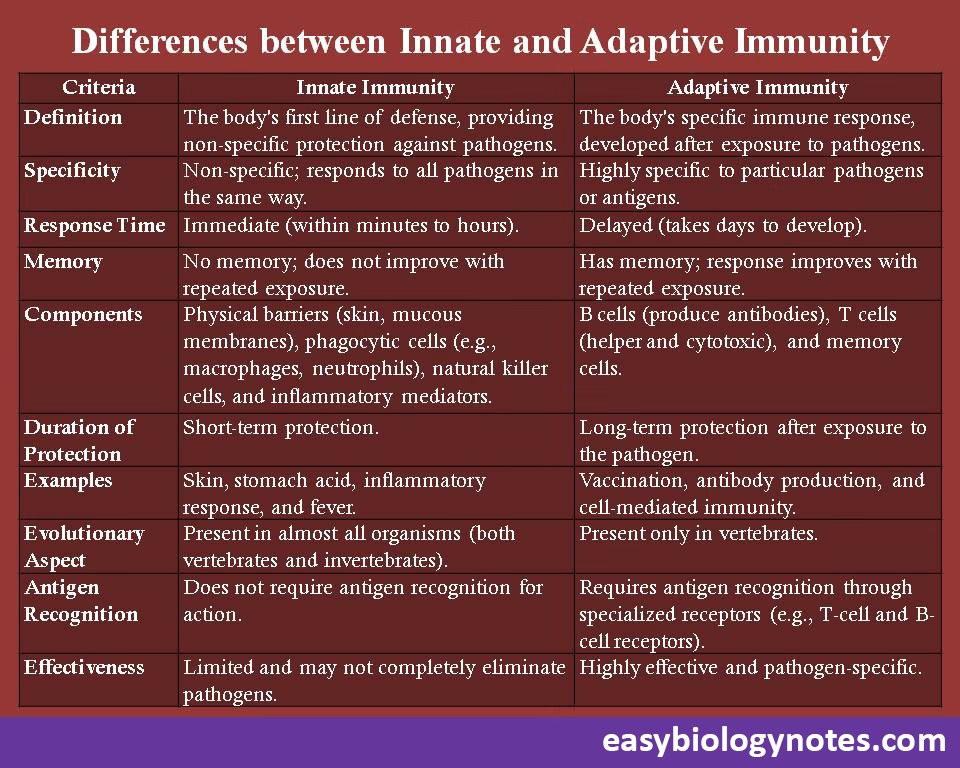Phylum Platyhelminthes: Definition, Characteristics, Classification and Examples
Phylum Platyhelminthes (Gr., platys = flat ; helmins = worms) refers to a group of invertebrate animals commonly known as flatworms. They are characterized by their soft, unsegmented, dorsoventrally flattened bodies. Members of this phylum are bilaterally symmetrical, triploblastic (having three embryonic germ layers), and acoelomate, meaning they lack a true body cavity. Platyhelminthes exhibit cephalization (a distinct head region) and possess a simple organ system level of organization.
